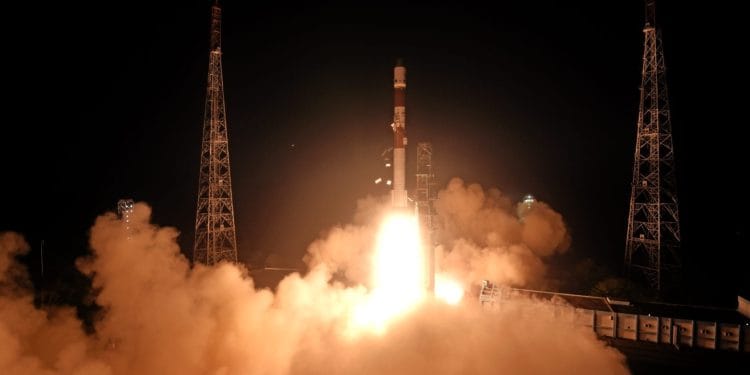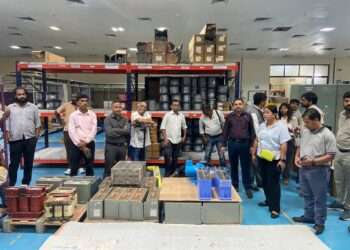In a groundbreaking advancement for space technology, the Indian Space Research Organisation (ISRO) has accomplished a major milestone with its SPADEx (Space Docking Experiment) mission. The mission, which took place earlier today, involved two satellites — designated as the “Chaser” and the “Target” — successfully docking in orbit.
This experiment marks India’s entry into the elite club of nations capable of performing on-orbit docking, a feat crucial for future space station operations, satellite servicing, and long-term manned missions.
The SPADEx mission is a demonstration of ISRO’s prowess in autonomous spacecraft maneuvering and docking technologies. The Chaser satellite, equipped with advanced sensors and thrusters, executed a series of precision maneuvers to align and connect with the Target satellite, a stationary counterpart designed specifically for this experiment.
Space docking is a critical capability that allows spacecraft to connect and work collaboratively. This technology is key to building modular space stations, performing in-orbit repairs, and enabling interplanetary missions that may require multiple spacecraft rendezvous in the future.
ISRO scientists hailed the mission as a landmark achievement, noting its importance in paving the way for India’s Gaganyaan human spaceflight program and beyond.
Following the successful docking, ISRO plans to conduct further tests to assess the robustness of the system under various scenarios. These include undocking, redocking, and evaluating the resilience of the docking mechanism in different orbital conditions.
The SPADEx mission signifies a bold leap forward in India’s space exploration capabilities, setting the stage for ambitious future projects and cementing its position as a key player in the global space race.













